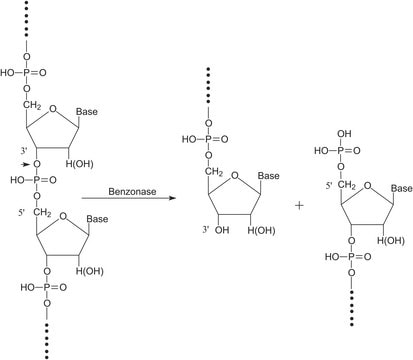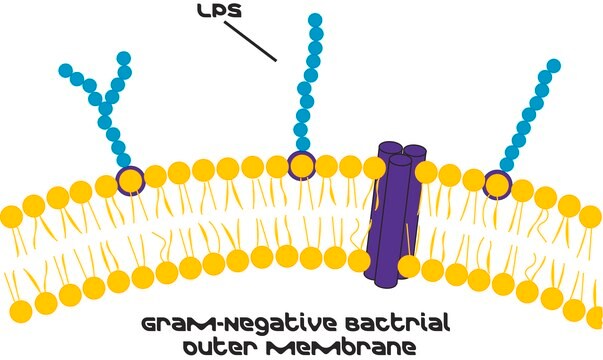SML2646
CX614
≥98% (HPLC)
동의어(들):
2,3,6a,7,8,9-Hexahydro-11H-1,4-dioxino[2,3-g]pyrrolo[2,1-b][1,3]benzoxazin-11-one, 2H,3H,6aH-Pyrrolidino[2",1"-3′,2′]1,3-oxazino[6′,5′-5,4]benzo[e]1,4-dioxan-10-one, BDP 37, BDP-37, CX 614, CX-614, LiD 37
로그인조직 및 계약 가격 보기
모든 사진(1)
About This Item
실험식(Hill 표기법):
C13H13NO4
CAS Number:
Molecular Weight:
247.25
MDL number:
UNSPSC 코드:
12352200
NACRES:
NA.77
추천 제품
분석
≥98% (HPLC)
양식
powder
색상
white to beige
solubility
DMSO: 2 mg/mL, clear
저장 온도
2-8°C
SMILES string
N21C(Oc3c(cc4c(c3)OCCO4)C2=O)CCC1
InChI
1S/C13H13NO4/c15-13-8-6-10-11(17-5-4-16-10)7-9(8)18-12-2-1-3-14(12)13/h6-7,12H,1-5H2
InChI key
RQEPVMAYUINZRE-UHFFFAOYSA-N
생화학적/생리학적 작용
Brain-penetrant class I ampakine with AMPA receptor (AMPAR; iGluR) positive allosteric modulator (PAM) activity both in vitro and in vivo.
CX614 (BDP-37) is a brain-penetrant class I ampakine (benzoxazine subgroup of benzamide-type) with AMPA receptor (AMPAR; iGluR) positive allosteric modulator (PAM) activity via targeting a binding site shared by cyclothiazide (CTZ), but distinct from that of GYKI 52466. CX614 enhances field excitatory postsynaptic potentials (amplitude & duration) in rat hippocampal slices and autaptically evoked excitatory postsynaptic currents in neuronal cultures (EC50 of 20-40 μM) by blocking desensitization and slowing deactivation of responses to glutamate. CX614 is also widely employed for studying AMPAR-mediated physiological responses in vivo (1-10 mg/kg n rats and mice via i.p.).
Storage Class Code
11 - Combustible Solids
WGK
WGK 3
Flash Point (°F)
Not applicable
Flash Point (°C)
Not applicable
가장 최신 버전 중 하나를 선택하세요:
Daniel P Radin et al.
Anticancer research, 38(1), 265-269 (2017-12-27)
The 5-year survival rate of glioblastoma (GBM) is ~10%, demonstrating that a new therapeutic modality for this cancer is desperately needed. Complicating the search for such a modality is that most large molecules cannot pass through the blood brain barrier
Daniel P Radin et al.
Biochemical pharmacology, 154, 446-451 (2018-06-16)
Transmembrane AMPA receptor regulatory proteins (TARPs) govern AMPA receptor cell surface expression and distinct physiological properties including agonist affinity, desensitization and deactivation kinetics. The prototypical TARP, STG or γ2 and TARPs γ3, γ4, γ7 and γ8 are all expressed to
Eleni Dicou et al.
Brain research, 970(1-2), 221-225 (2003-04-23)
Four positive modulators of AMPA-type glutamate receptors (cyclothiazide, CX614, LY404187 and S18986-1) given in acute or chronic manner exerted a neuroprotective effect in lesions induced in postnatal day 5 (P5) mice by intracerebral injection of ibotenate, an NMDA agonist. The
Margaret G Blair et al.
The Journal of neuroscience : the official journal of the Society for Neuroscience, 33(30), 12218-12228 (2013-07-26)
The neural mechanisms that support the late postnatal development of spatial navigation are currently unknown. We investigated this in rats and found that an increase in the duration of AMPAR-mediated synaptic responses in the hippocampus was related to the emergence
Daniel P Radin et al.
Anticancer research, 38(6), 3461-3465 (2018-06-01)
Mounting evidence suggests that trophic cell signaling can be mediated by alpha-amino-3-hydroxy-5-methyl-4-isoxazolepropionic acid receptor (AMPAR) activation. It has been demonstrated that exogenous application of brain-derived neurotrophic factor (BDNF) is highly neuroprotective in vitro against neurotoxic insults such as standard chemotherapies.
자사의 과학자팀은 생명 과학, 재료 과학, 화학 합성, 크로마토그래피, 분석 및 기타 많은 영역을 포함한 모든 과학 분야에 경험이 있습니다..
고객지원팀으로 연락바랍니다.





